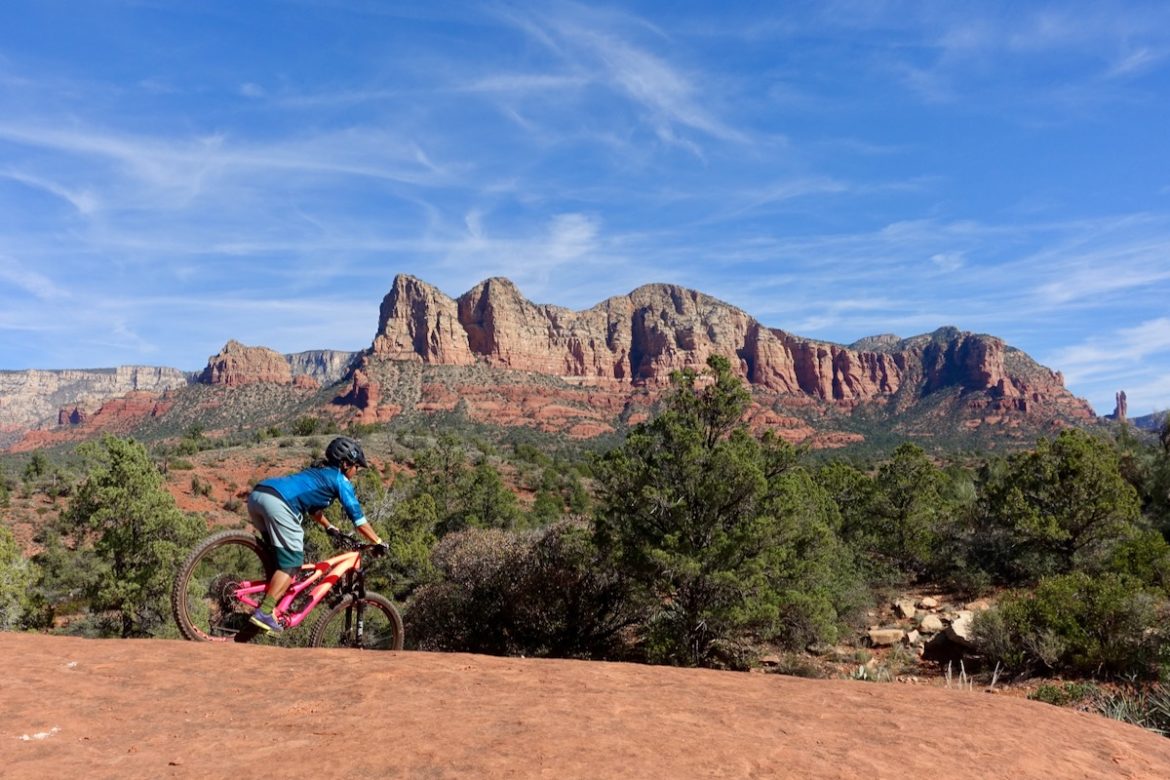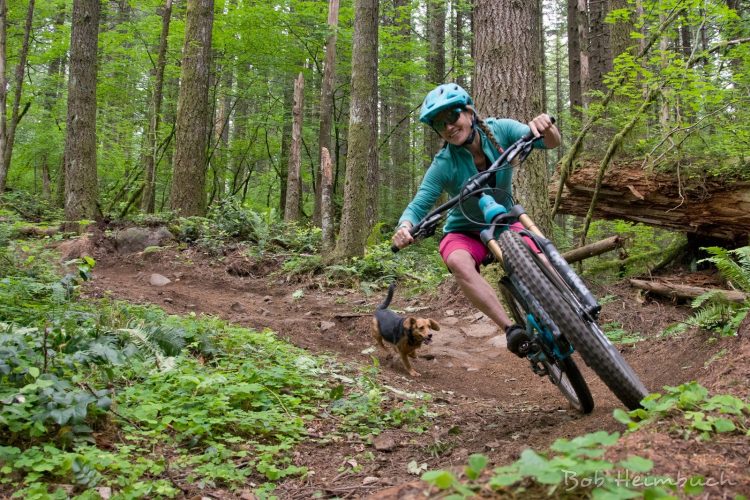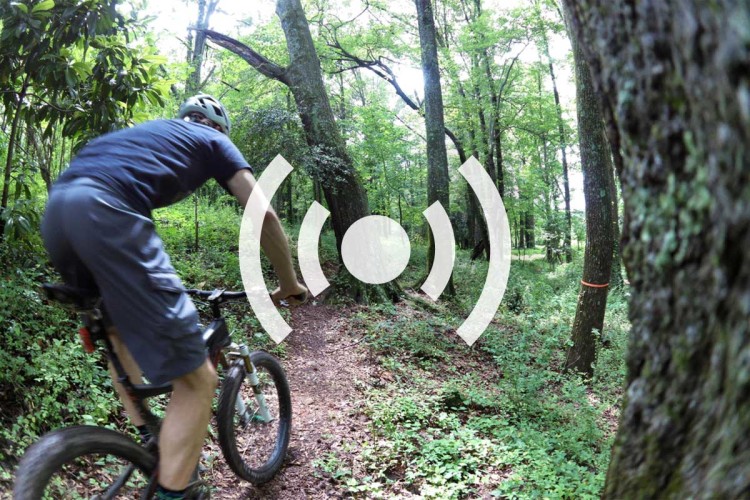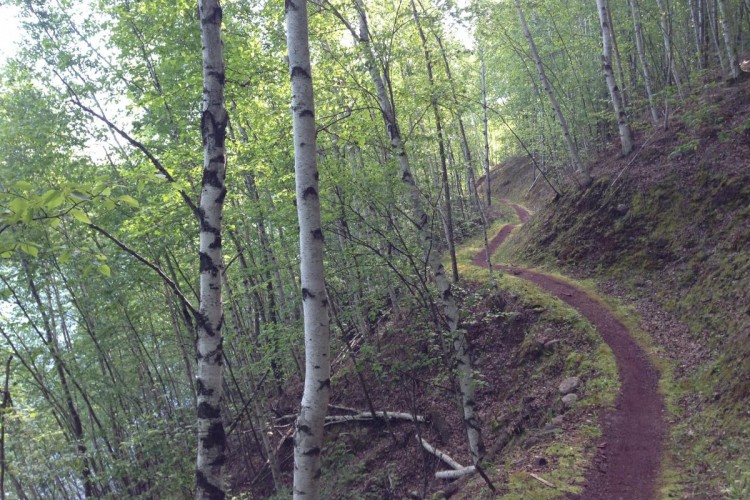
Whether you are an IMBA member, a news junkie, or an avid Facebook user, it is likely that you have seen headlines referring to the ongoing Natural Resources Management Act bill’s movement through the Legislative Branch of the U.S. government. While not yet officially formalized as law, this bill has passed the Senate (98 – 2) and House (363 – 62), and the president has intimated that he is prepared to sign it. The bi-partisan act is far-reaching, including support for wildlife and public land protection, plus funding for trail creation and maintenance. What does all this mean for cyclists? More than anything, this bill is a validation of our seat at the proverbial table.
Below is a cheat sheet for sections of this bill that benefit and were directly influenced by cycling organizations and their respective members. While these steps in legislation are not huge in terms of what they accomplish, they demonstrate that the government is listening to our collective voice, which should give everyone the confidence and drive to petition for further change.
Funding
The bill permanently authorizes the Land and Water Conservation Fund (LWCF), which derives revenue for nationwide public land improvement from offshore oil and gas leases. This is an important step in securing greater resources in the future.
The current allocation for this fund is roughly $300 million, but there are future bills on the table that may carve out a much larger amount from offshore drilling leases to LWCF. These funds are pivotal with regards to maintaining and building our “monument trails” —- those large enough to be called IMBA epics or have their own monikers — like The Colorado Trail, Continental Divide, and others. These funds also come in handy when a disaster such as wildfire — like the one in Annadel State Park — harms a trail system beyond what a local trail organization can handle.
Protection
200,000 acres of land in Emery County, UT, known as the San Rafael Swell, were slated for National Conservation Area designation. However, through support from local land managers, boundaries were modified, preserving cycling access to these trails under a National Recreation Management Area designation.

Protection from Oil and Gas development is provided for the McCoy Flats trail system, also in Utah, specifically to preserve a trail center. Legislation such as this sets an incredible precedent for the future preservation of trail centers.
New trail opportunities
The Evergreen Mountain Bike Alliance has spent years collaborating with land managers and other recreation advocacy groups to create new trails along the Mountains to Sound Greenway outside of Seattle, WA. The designation of this greenway as a National Heritage Site creates new opportunities for trail building and access and protects this land indefinitely.
Overall the funds, areas protected, and new access opportunities are important gains for cyclists, but the bigger message of recognition being given to mountain biking organizations and advocacy groups is something that has not been present in the past. We have reason to celebrate beyond the victories written in this bill.

However, it is just as important to recognize the current momentum behind our collective voice. Continue showing up to trail work days, support your local mountain bike trail coalition, and send letters to your representatives to carry on the support we currently have from local trail managers and the government at large.



















